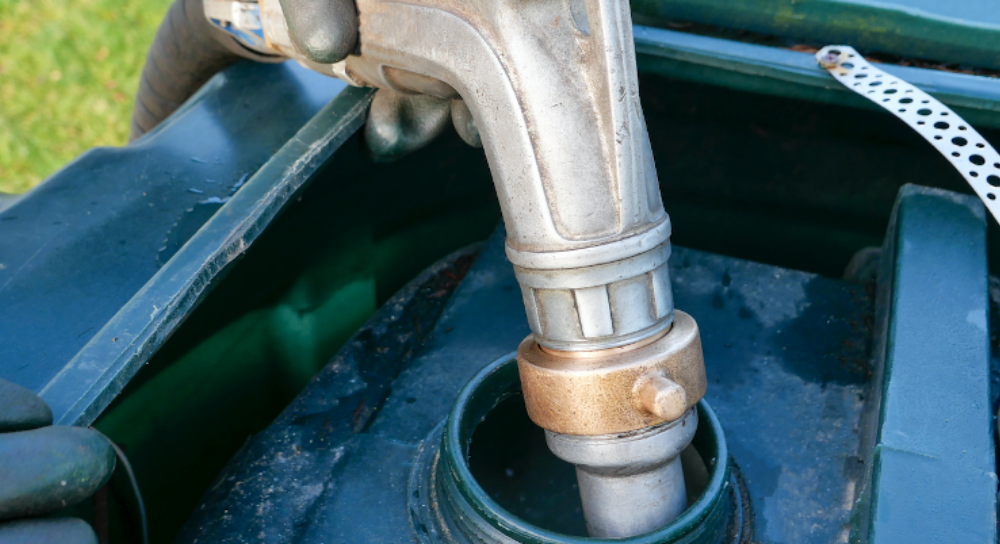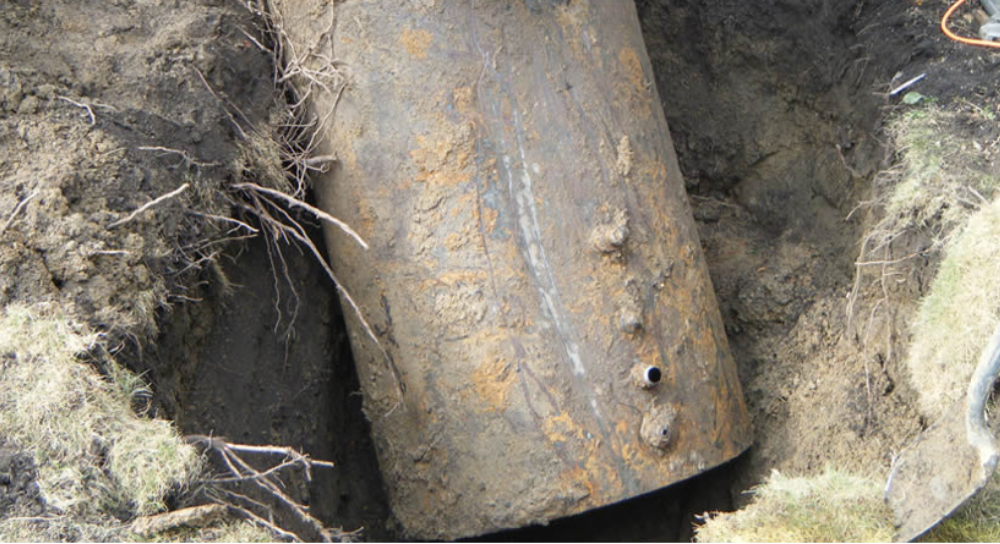So, you just discovered there is an oil tank buried in your backyard. Now you may be wondering, what does this mean? Whether you just purchased your home or have lived in it for many years, the reality is that this newly discovered oil tank is your responsibility.
The thing about oil tanks is that they come with a carefully constructed list of regulations and codes governed by the Technical Standards and Safety Authority, often referred to as the TSSA. If not properly maintained and taken care of, oil tanks can cause serious environmental damage.
If you have never had to manage an oil tank in the past, this may all seem foreign to you. Before making any further decisions, ensure you are educated on fuel oil regulations and codes. Once you know this, you will be able to start the process of updating your oil tank to meet the current expectations.
Before you are able to have your filled, inspected, maintained or removed, you must first confirm that it is registered. Each unit has a unique registration number, and if you are unsure whether your unit is registered or not, the TSSA will be able to confirm this information for you.
If it has been confirmed that your unit is not yet registered, you must contact the TSSA to register it. The process is quick and easy, and doesn’t cost anything. You can simply fill out the application form online.
Once your form is processed, you will receive a registration number from the TSSA. This number can then be provided to the fuel oil distributor to avoid uninterrupted fuel oil supply.
In addition to removal due to lack of use, you are also required to remove your tank if it is 25 years old or more as of October 2001. If you are unable to tell the age of your oil tank for any reason, you are expected to assume it has exceeded the removal age, and have it withdrawn from service and removed or replaced.
When it is time to arrange your oil tank removal, it must be removed by a TSSA registered fuel oil contractor with a Petroleum Equipment Mechanic license. Once the tank has been removed, the TSSA must be notified, and the property owner must have an Environmental Assessment Report completed by a professional. If a leak of fuel oil is confirmed during this process, then the Spill Action Center of the Ministry of Environment must be notified.
Waterline Environmental is TSSA, PM2 and PM3 licensed as well as environmentally insured as a member of the Ontario Petroleum Contractors’ Association. As experts in our field, we are equipped to assist our clients from the beginning to the end of the process from quoting, to removal, as well as soil remediation afterwards. Our goal is always to ensure that our clients are in compliance with all TSSA regulations from our first discussion to our last visit.
While assuming responsibility over a fuel oil tank may seem like an overwhelming process, there are a few key points to keep in mind. Ensuring your tank is registered, annually maintained, and removed if required based on TSSA guidelines.
Should you require a removal or soil remediation, contact our team at Waterline Environmental. We are Canadian owned and operated, and take great pride on our workmanship, believing in a hands-on approach. Our team is thorough, concise and efficient in our process. Ensuring your tank is removed properly, and with care is our number one priority.
Waterline is the recommended Environmental Contractor as seen on Holmes on Holmes!
 Your Oil Tank Must Be Registered with the TSSA
Your Oil Tank Must Be Registered with the TSSA  Underground Tank Removal Requirements
Underground Tank Removal Requirements Contact the Waterline Environmental Team
Contact the Waterline Environmental Team